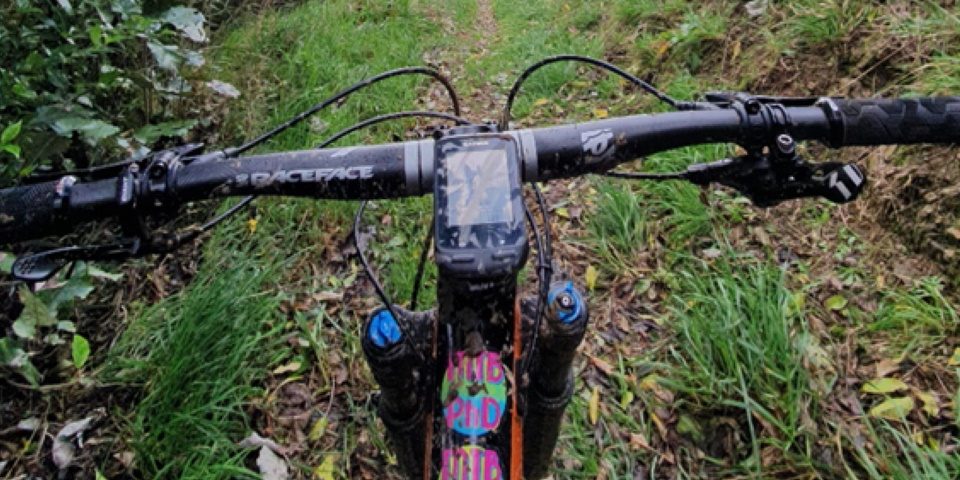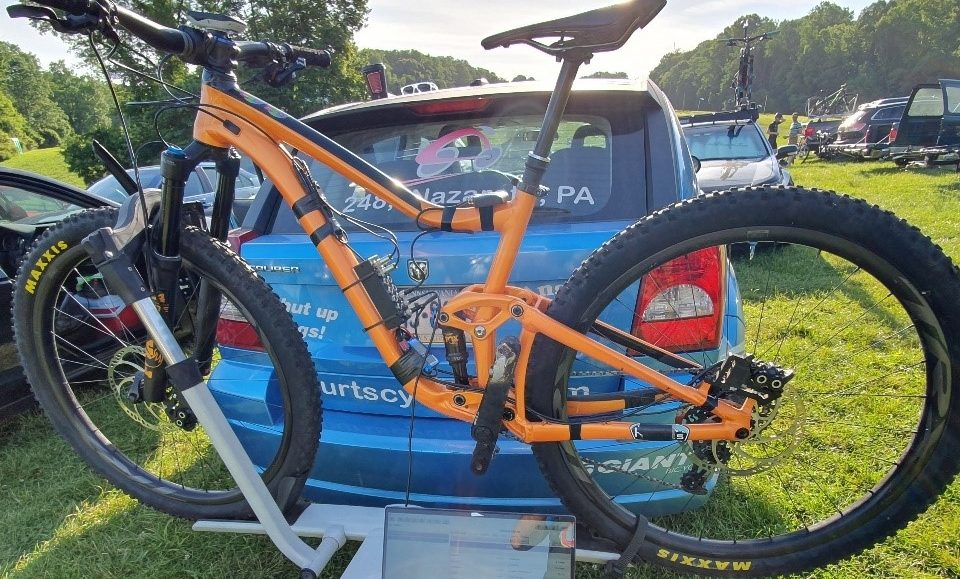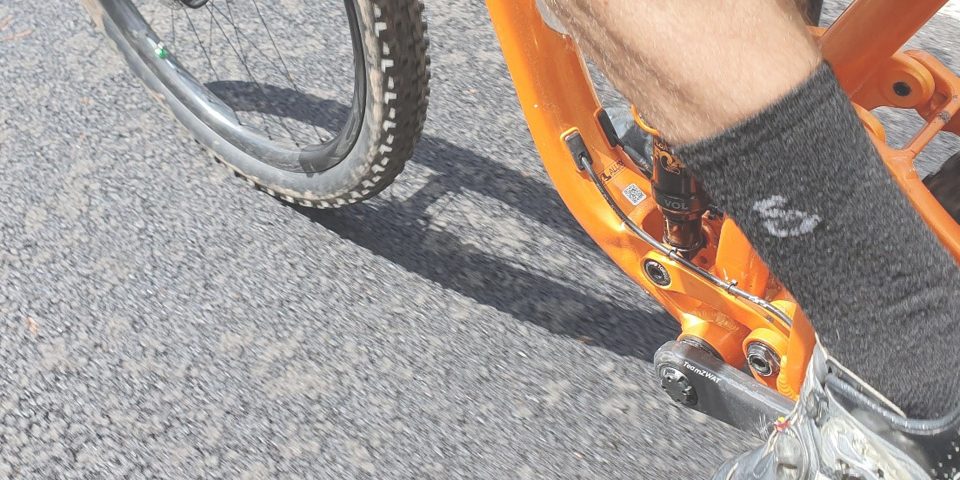
The RPE scale runs from 0 – 10, relating to how easy or difficult you find an activity
Active Recovery
Zone 1 is really easy training. It’s a very important training zone that a lot of riders neglect. This is for the easy days after hard training rides or races and the zone between intervals. Do not raise the intensity on your recovery rides. Spending more time in zone 1 will improve the quality of your high-intensity workouts.
Endurance
This is the all-day intensity important for building and maintaining endurance. Being able to ride for 2-6 hours is one of the first steps for athletes who wants to do races. This is the zone for training your ability to burn fat over carbs, which is key for endurance racing. Most triathletes would complete the Ironman bike course in this zone.
Tempo
Zone 3 is usually where does continuously uncomfortable club rides preside. You do a lot of tempo riding in road racing, so honing this skill can be very useful. Tempo training is great for athletes short on time, since it delivers a greater amount of training load in a short time.
Lactate Threshold
Zone 4 is riding right around your FTP. Let’s be clear; you shouldn’t be training continuously in zone 4. Lactate threshold training is based on intervals of 10-30 minutes at a time. Threshold benefits all cyclists but especially time trialists, triathletes, climbers and mountain bikers. Zone 4 intervals are about maintaining a fairly high power output, so pacing is key.
Vo2 Max
Zone 5 is a very intense training zone that goes above your FTP consisting of intervals ranging from 3-8 minutes. These intervals will make you generate a lot lactic acid, but are also very good for improving that “punch” you need for accelerations and for making it over the hill. It is only by working above your FTP that you are able to improve it, so be sure to incorporate some zone 5 intervals if you want to improve your threshold level.
Anaerobic Capacity
Anaerobic capacity training consists of short but very high intensity intervals that are less than 3 minutes in duration. This is where the heart rate monitor will stop being useful as it simply can’t keep up. Zone 6 is mainly for athletes doing road races with small steep climbs and criterium racing where small bursts of power are necessary.
Neuromuscular Power
Zone 7 is also known as the sprinting zone. This is where you train your neuromuscular system to fire off those muscle fibres at a faster rate. To put it simply; this is where you go as hard as you can for a just a few seconds at a time like jumps or standing starts. You will most likely not do a lot of neuromuscular training, as it’s generally reserved for track sprinters who needs to put out insane amounts of watts for 10 seconds or less.
Final notes
Most riders will benefit from training in a mix of all the zones, but depending on what kind of goals you have for your training, you’ll prioritize different zones.
If you’re mainly training to lose weight, you should prioritize the lower zones like “Active recovery” and “Endurance”, which is where your muscle will be working to a large extent on the energy in your body fat.
If you’re participating in bike races, where the pace in the “peloton” tends to go up and down a lot when riders attempt breaking free of the pack, you’ll need to train your muscles’ ability to handle these peak power outputs, and you should increase many short intervals in the “VO2 Max” and the “Anaerobic capacity” zones.
Remember that most of your training will still need to be in the “Endurance” and “Tempo” zones, but add these intervals to your training. And remember a good warm-up and cool-down in the “Active recovery” zone.
Some like to have a personal coach for their training – others prefer to pace themselves using a training plan from a book, a friend or the internet. Yet others prefer not to train to a specific plan.
Have fun maxing yourself out!
Happy pedaling!








